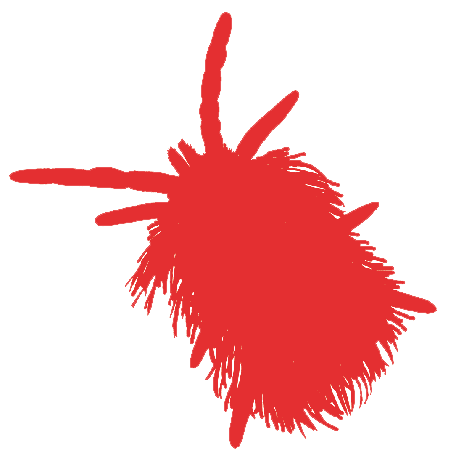After Steve and then Jaap set up the spreadsheet listing the data files of the re-titled High Definition species videos for the National Film & Sound Archive, earlier in the week, I entered the last video on it today. There are 219 videos, though I could not identify one that Steve named and it unexpectedly transpired that another three had not been uploaded to vimeo. There were some technical issues with incomplete copying from vimeo to excel which Jaap has offered to work on next week. Also, I need to check with Steve that I have entered the correct information for the few videos with the same title which appear together in alphabetical order as here, though not when in date order as on vimeo and my website. This was my first spreadsheet.
Peter’s Blog
I need to place on record my feeling that overwhelmingly throughout my life, my contact with my fellow men, women and children has been a total delight.
It is a recurring pleasure which I experience each day and is among the precious things which makes my life rewarding and worth living, not least because moments of the keenest enjoyment can as readily occur with a complete stranger as with family and friends.
The Film Diary entries are selected items from the diary I keep whenever I film. To check location references, click on ‘Tamborine Mountain’ on the top information bar then hit the ‘Tamborine Mountain’ button on the map.
The Brisbane Line was the e-bulletin of the now defunct Brisbane Institute, to which I contributed the articles featured, between 2006 and 2012.
Not The Brisbane Line contains my other essays from 2005 to the present.
A cherished dream, my book One small place on earth … discovering biodiversity where you are, self-published in August 2019, has been long in the making. Jan Watson created its design template nine years ago. The idea of doing a book seems to have occurred during my stay with Clive Tempest, the website’s first architect, when I was visiting the UK in 2006. By the time Steve Guttormsen and I began sustained work on the book in 2017, much of which I had already written, the imperative was to create a hard copy version of a project whose content is otherwise entirely digital.
People may wonder why there is little mention of climate change – global warming on my website. There are two related reasons. Firstly, if former Australian Prime Minister Kevin Rudd’s 2007 remark that climate change is the “great moral, environmental and economic challenge of our age” is true, we have not acted accordingly before or since. Rudd’s statement is only true if we collectively live as if it is true, Rudd included. Instead, our politics has wasted decades favouring business as usual, and a global economy excessively dependent on fossil fuels – in the wilful absence of a politics intent on achieving a low carbon economy. Secondly, although it is open to individuals to strive to live the truth of Rudd’s remarks, the vast majority of people, myself included, do not. I salute those who do. The precautionary principle alone makes me regard climate change as a current planetary crisis, but because I have only marginally changed the way I live, and still wish to fly, I am not inclined to pontificate on the subject.



